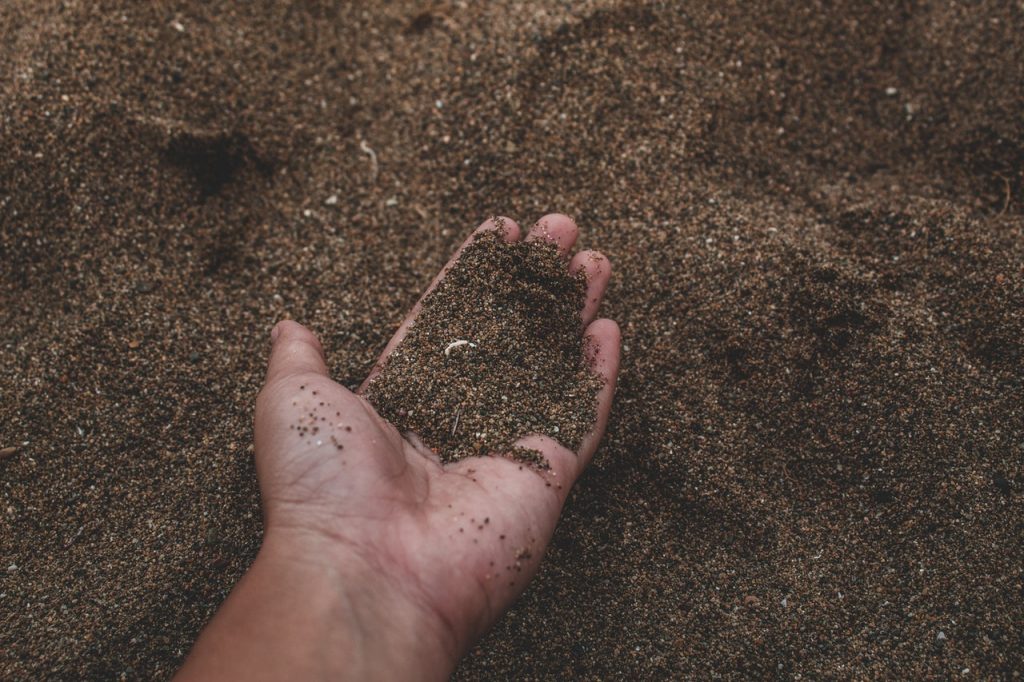Do you care to know about 5 different types of soil? The most common types of soil all have unique properties that they’re associated with. These properties make them unique to one another.
You can observe clearly from the aspect of Agriculture that different plants might require a certain soil type to ensure continuous growth.
So, even plants identify with various characteristics in the soil to grow. Most people would want to try improving their soil to meet a certain demand, but there is little or nothing you can do. Check out Adelaide types for the major types of soil
If you look forward to checking out 5 different types of soil, including their advantages and disadvantages, then stick with me on this.
Moving on!
Table of Contents
What Are The 5 Types Of Soil?
Clay soil
Clay soil tends to be a widely used type of natural material in the olden days and even until now. This is a type of soil that contains very smooth particles. Rich in nutrients and also very useful. They form balls when you rub an amount between your finger and thumb.
They leave an impression on your hands and can make your face shiny.
Advantages
- They are rich in nutrients, have a unique texture, and enhance workability to mold.
- They also can be improved by the addition of organic matter, which can go a long way in supporting a wide range of plants.
Disadvantages
- They are very sticky when wet and could be very hard when it’s dry.
- Clay soil is very vulnerable to water-logging.
Silt soil
This kind of soil falls between the clay type of soil and the Sandy soil. This could be in the aspect of smoothness, particle size, and texture. When you run them between your palms, they feel silky.
Unlike clay, they cannot be molded but can form a ball in the palm of your hand.
Advantages
This is a rich type of soil and very fertile. They can support a wide variety of plants.
Disadvantages
- They possess almost the same disadvantage as in clay soil, they ar heavy when not properly drained.
- It is also prone to water-logging but would dry up more quickly than clay soils.
Sandy soil
This type of soil has a larger particle size than clay and silt. They would not keep form when molded together. It would always break.
Advantages
This type of soil gets warmed up more quickly than the previous types. This gives it a good workability rate.
Also, when you add a certain amount of organic matter, it could support the growth of plants.
Disadvantages
Due to their large particle size, they tend to lose nutrients quickly and also will be very useless in molding.
Chalk soil
Chalk soils were described pretty well by Geoff Hamilton. He said they looked very pale and hungry-looking. This summarizes the whole thing about this type of soil.
They are parched and can be very crumbly when held. It is also said to contain chalk-like particles. A large amount of chalk soil would break into large particles.
Advantages
When organic matter is added to it, it can become pretty fertile enough to support plants. Because of its alkaline nature, it favors lime-tolerant plants to an extent.
Disadvantages
- Following its large composition of stones, it tends to be very shallow. They would not support deep-rooted plants and also lose their nutrients easily.
- Its alkaline nature is also detrimental to acid-loving plants.
Loamy soil
This type of soil is regarded as the most cultivated soil. This is because of its mixture of different particle sizes. They are called ‘loams’. One of the major characteristics of this type of soil are those with dominant mineral composition.
Advantages
- They are one with a better composition of nutrients. Great texture and are best to work with for plant cultivation.
- They have better drainage
- The properties of loamy soil show it has the best water infiltration rate.
Disadvantages
They have limitations, which are they can’t be used in every instance. They have a wonderful nutritious composition but would not be useful on all occasions.
Conclusion
Having found out the different types of soil including their advantages and disadvantages. You know what is best for whatever you want to embark on.
Be sure not to use a particular type for what it’s not meant for your intended project to avoid wasted efforts, especially if you are thinking of dabbling into Agriculture. See you in the next post!

